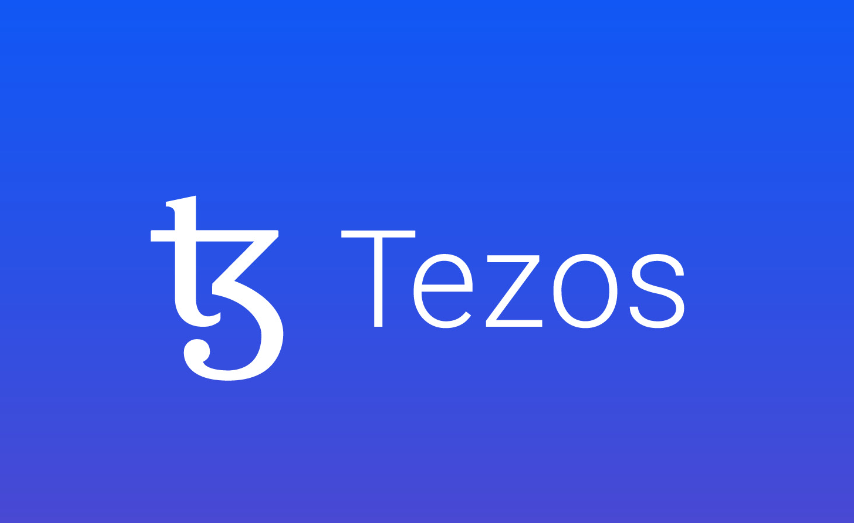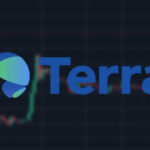Blockchain technology has taken the world by storm since its inception. With its secure and decentralized nature, it has the potential to revolutionize many industries, including finance, healthcare, and supply chain management. However, one of the main issues with traditional blockchains is their lack of flexibility, making it difficult to adapt to changes and improve the network. This is where Tezos comes in – a self-amending blockchain with on-chain governance that provides a solution to this problem. To begin your journey in bitcoin trading, you can visit http://bitcoin-360-ai.org/ and explore the platform’s features and services.
What is Tezos?
Tezos is a blockchain platform that was created in 2014 by Arthur and Kathleen Breitman. It aims to address the challenges associated with traditional blockchains by providing a self-amending platform with on-chain governance. This feature makes Tezos different from other blockchain platforms, as it enables the protocol to be updated and improved without the need for hard forks or contentious changes.
The self-amending feature allows Tezos to remain flexible and adapt to changing market conditions, unlike traditional blockchains that often require hard forks to update the protocol. Tezos token holders can vote on proposed changes to the network, which means that the community can decide on the future direction of the platform.
Another unique feature of Tezos is its use of a proof-of-stake consensus algorithm, which is more energy-efficient than the proof-of-work algorithm used by many other blockchains. This makes it a more sustainable and environmentally friendly option for users. Additionally, the proof-of-stake algorithm enables faster transaction times and lower fees, which enhances the user experience.
Tezos is also developer-friendly, with its smart contract language called Michelson, which is designed to be safe and easy to use. The platform also provides tools for developers to write, test, and deploy smart contracts. This makes it easier for developers to build decentralized applications on the platform.
On-chain governance
On-chain governance is one of the most important features of Tezos. It allows token holders to have a direct say in the development of the network. In other blockchains, changes to the protocol are often made through hard forks, which can be contentious and lead to community splits. With Tezos’ on-chain governance, proposed changes to the protocol are subject to a voting process, with token holders able to vote on whether they should be implemented or not. This ensures that changes are made in a transparent and democratic manner, with the interests of all token holders taken into account.
Self-amending protocol
Another key feature of Tezos is its self-amending protocol. This means that the protocol can be upgraded and improved without the need for hard forks or contentious changes. In traditional blockchains, hard forks are often necessary to implement changes to the protocol, which can lead to community splits and a lack of consensus. With Tezos’ self-amending protocol, proposed changes to the network are subject to a voting process, with token holders able to vote on whether they should be implemented or not. This ensures that changes are made in a transparent and democratic manner, with the interests of all token holders taken into account.
Token economics
Tezos uses its native token, XTZ, as a means of incentivizing network participants to validate transactions and secure the network. Token holders can also participate in on-chain governance and vote on proposed changes to the network.
Tezos’ proof-of-stake consensus algorithm also allows token holders to earn rewards for staking their tokens and helping to secure the network. This helps to ensure the long-term stability and security of the network.
Applications of Tezos
Tezos has many potential applications across various industries. Its flexible and self-amending nature makes it well-suited to use cases that require frequent updates and changes to the protocol.
One potential use case for Tezos is in the finance industry, where it could be used to facilitate faster and more secure transactions. It could also be used in supply chain management, where it could help to improve transparency and reduce fraud.
Conclusion
Tezos is a self-amending blockchain with on-chain governance that provides a solution to the lack of flexibility and adaptability of traditional blockchains. Its unique features, such as on-chain governance and a self-amending protocol, allow for changes to be made in a transparent and democratic manner, without the need for hard forks or contentious changes.







